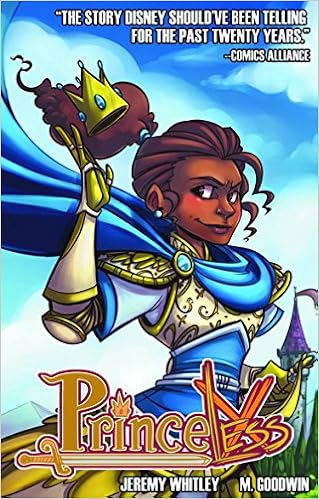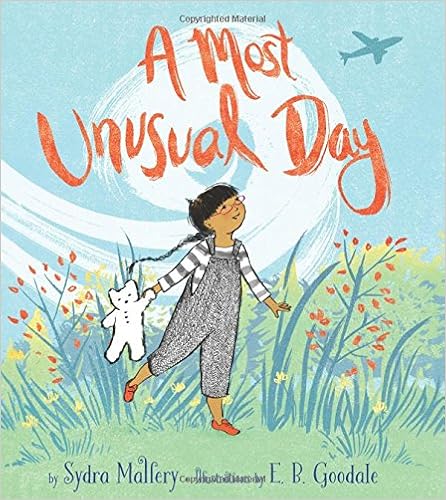Representation is important. We know this. And there have been a great number of wonderful books that focus on diversity and the lives of diverse people and their struggles/challenges. Those books absolutely should be on our library shelves. But representation isn't JUST about telling the stories of adversity. Representation is about reflecting a diverse population in everyday, sometimes mundane situations. Where race/gender/culture ISN'T integral to the story. I could write 15 paragraphs about "Snowy Day" and why it was groundbreaking (and the fact that it had to break ground is heartbreaking). This removes the "otherness" from the "others" and brings us together. So, now that I'm done soapboxing - here's some of my favorite books with diverse characters that aren't about diversity.
1. Princeless. I LOVE this series. Like, really love it. First off, it's a graphic novel, which means it never stays on my shelf. 2nd, the main character is amazing, and so are the secondary characters. Ok, so the story isn't ordinary or mundane. But still. Read this. Here are the stats:
1. Princeless. I LOVE this series. Like, really love it. First off, it's a graphic novel, which means it never stays on my shelf. 2nd, the main character is amazing, and so are the secondary characters. Ok, so the story isn't ordinary or mundane. But still. Read this. Here are the stats:
- Age Range: 9 - 12 years
- Grade Level: 4 - 6
- Lexile Measure: GN440L (What's this?)
- Series: Princeless (Book 1)
2. The Girl with the Parrot on Her Head. A simple story about a super imaginative little girl whose best friend moves away. And she has a box of wolves. A big box.
- Age Range: 2 - 5 years
- Grade Level: Preschool - Kindergarten
- Hardcover: 40 pages
- Publisher: Candlewick (April 26, 2016)
- Language: English
3. A Most Unusual Day. This book is sort of like Alexander and the Terrible, Horrible.... but with a twist at the end. Because even though the day feels very off to Caroline, it isn't because she's having a terrible day after all - it's because she's excited about a big change to her little family.
- Age Range: 4 - 8 years
- Grade Level: Preschool - 3
- Lexile Measure: 540 (What's this?)
- Hardcover: 40 pages
- Publisher: Greenwillow Books (April 10, 2018)
- Language: English



Comments
Post a Comment